Rokinon 135mm f/2 ED UMC (also branded as Samyang outside the US - it's the same lens under a different name) is a manual focus telephoto lens that was probably designed and manufactured for astrophotography purposely (the verdict spoilered in the first sentence of the review!). I have used this lens since 2018 for photographing space, and it's my must-have piece of astronomy equipment for my widefield astrophotography needs. In this review, you will find the Rokinon 135mm specification, sample astrophotography images, and my recommended astrophotography settings for this lens.
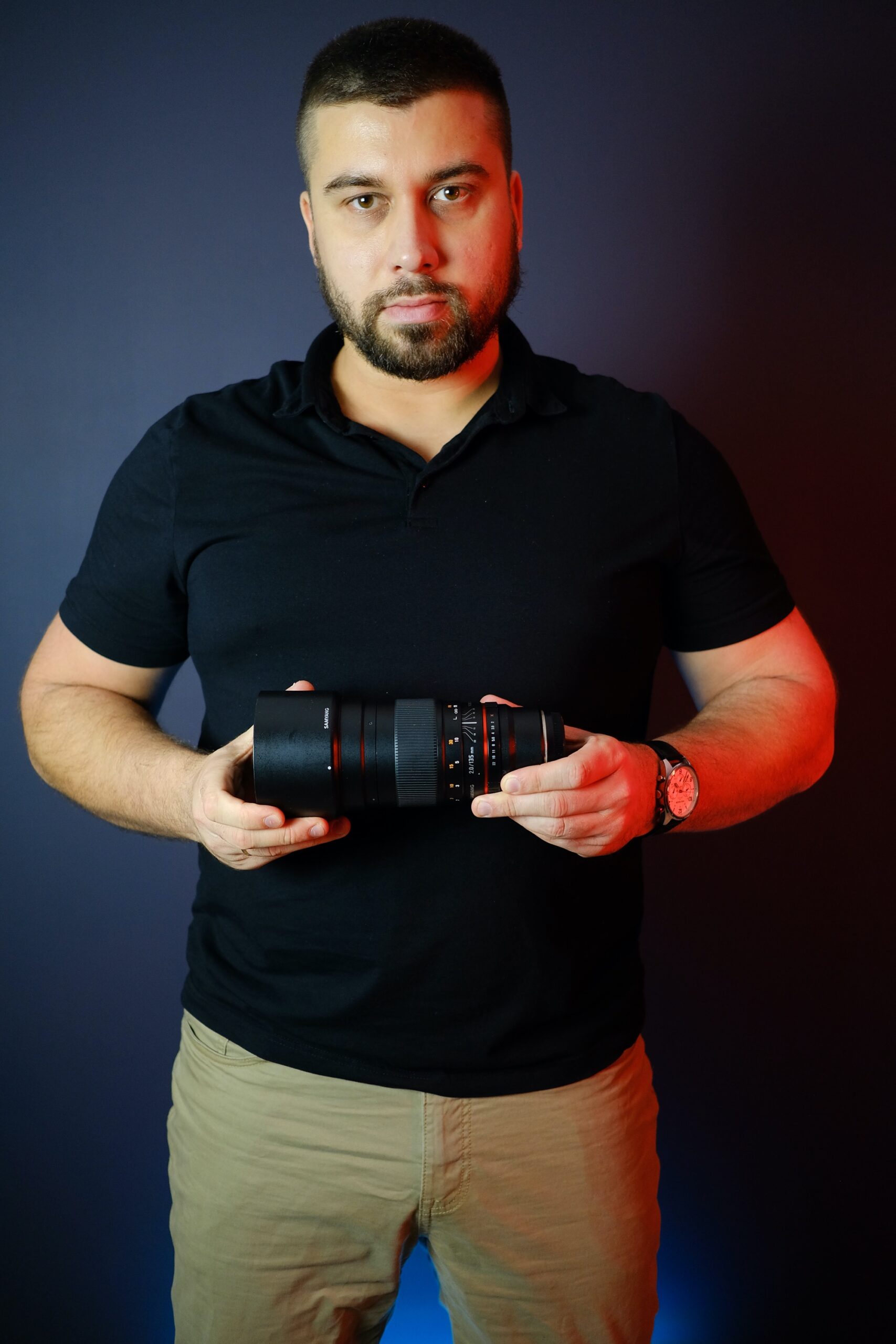
Jump to:
- Rokinon 135mm Specification
- Sample Astrophotography Images Using Rokinon 135mm
- Best Settings for Astrophotography Using Rokinon 135mm
- The Best Way to Focus Rokinon 135mm to Infinity for Astrophotography
- Verdict
- Rokinon vs Samyang & Where to Buy the Rokinon 135mm
- Recommended 77 mm Light Pollution Filters for Astrophotography with Rokinon 135mm f/2
- FAQ
- 💬 Comments
Rokinon 135mm Specification
I own a Fujifilm X-mount version of this lens, but I'm pretty sure that the specification is identical (or very similar) for all the other mounts (well, except the mount itself).
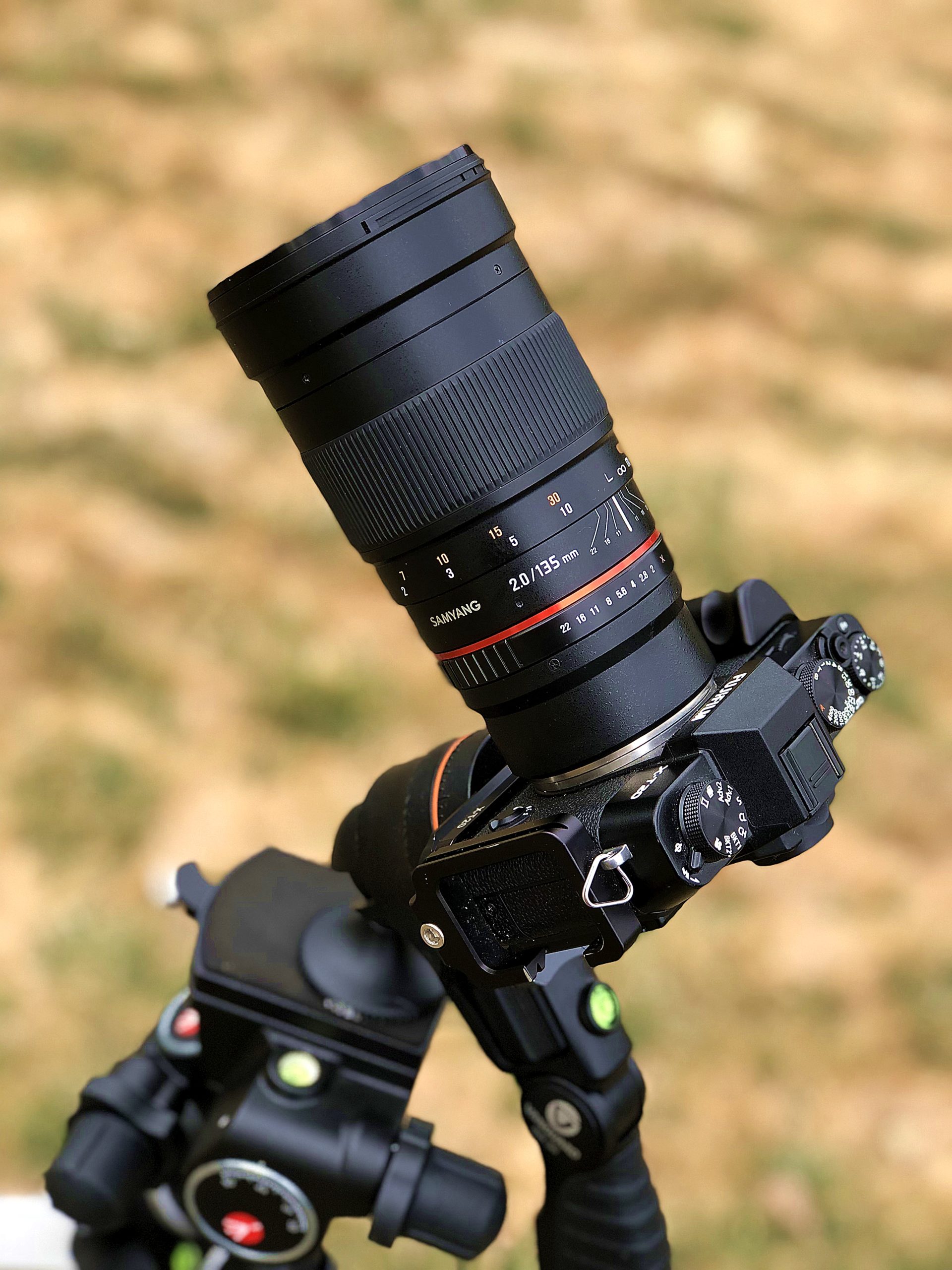
| Focal Length | 135 mm (ultra-widefield in terms of astrophotography) |
| 35mm Equivalent Focal Length | 202.5 mm |
| Aperture | f/2.0 — f/22 (best for astrophotography at f/2.8 - more on that later) |
| Focus Type | Manual focus (perfect for astrophotography) |
| Front Filter Size | 77 mm |
| Weight | 31.04 oz / 880 g (usable on small, portable tracking mounts without any issues) |
| Image Stabilization | No (not usable in astrophotography either, so it's good to not overpay for it) |
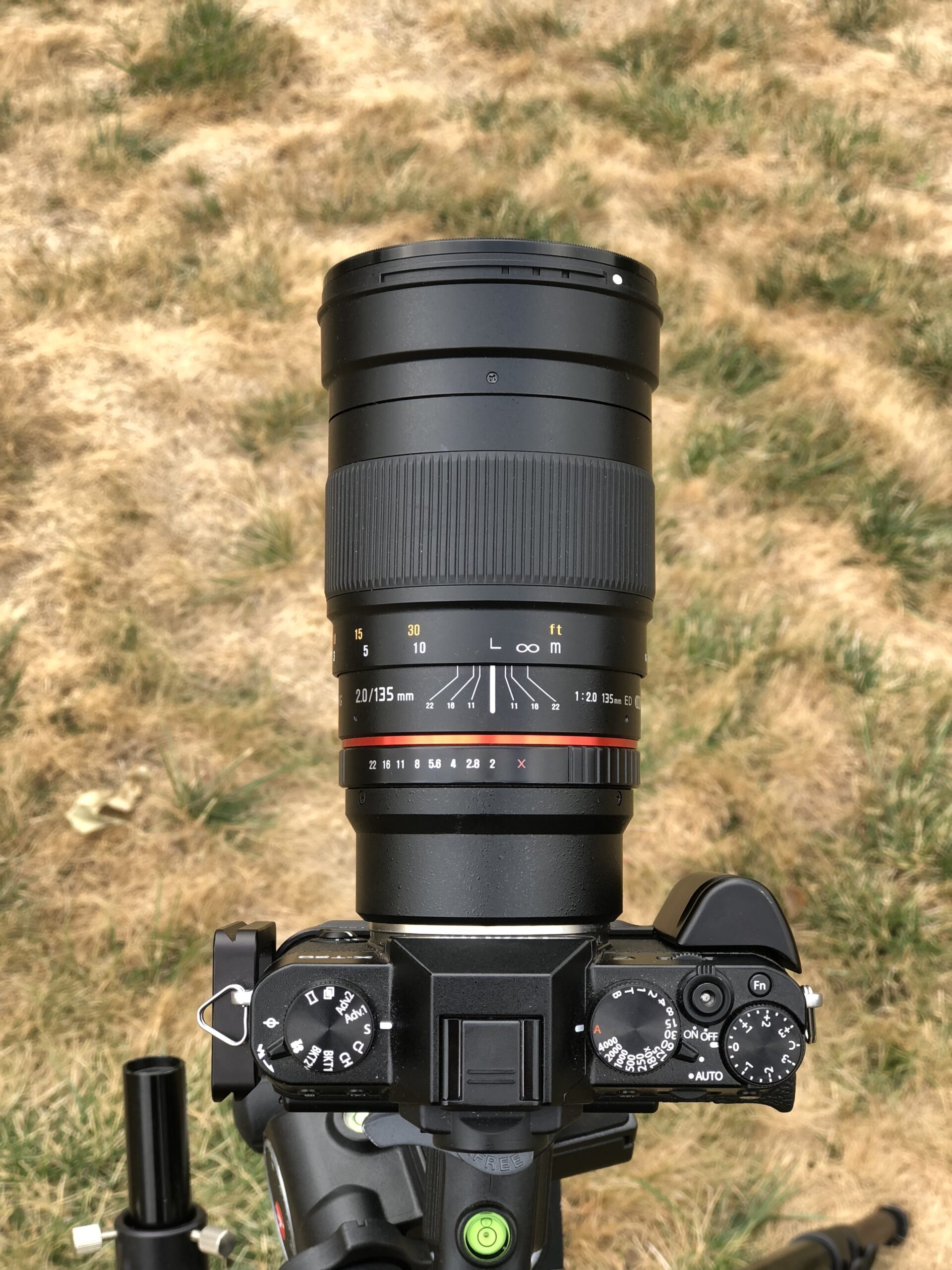
Sample Astrophotography Images Using Rokinon 135mm
The images below were taken with my Samyang/Rokinon 135mm f/2 lens, Fuji X-T20 mirrorless APS-C camera, and Fornax Lightrack II tracking mount. They should give you a good perspective on which astrophotography targets are well suited for the FOV (field of view) of this 135mm focal length (APS-C) telephoto lens. As you will see in a minute, this lens is universal — you can photograph both giant nebulae like the North America Nebula with its surroundings and also smaller targets like Pleiades star cluster or Orion Nebula and crop them in post-processing (another spoiler).
P.S. Looking for more beginner-friendly astrophotography targets well suited for a telephoto lens like the Rokinon 135mm f/2? Check out my free ebook here.
Trifid and Lagoon Nebulae
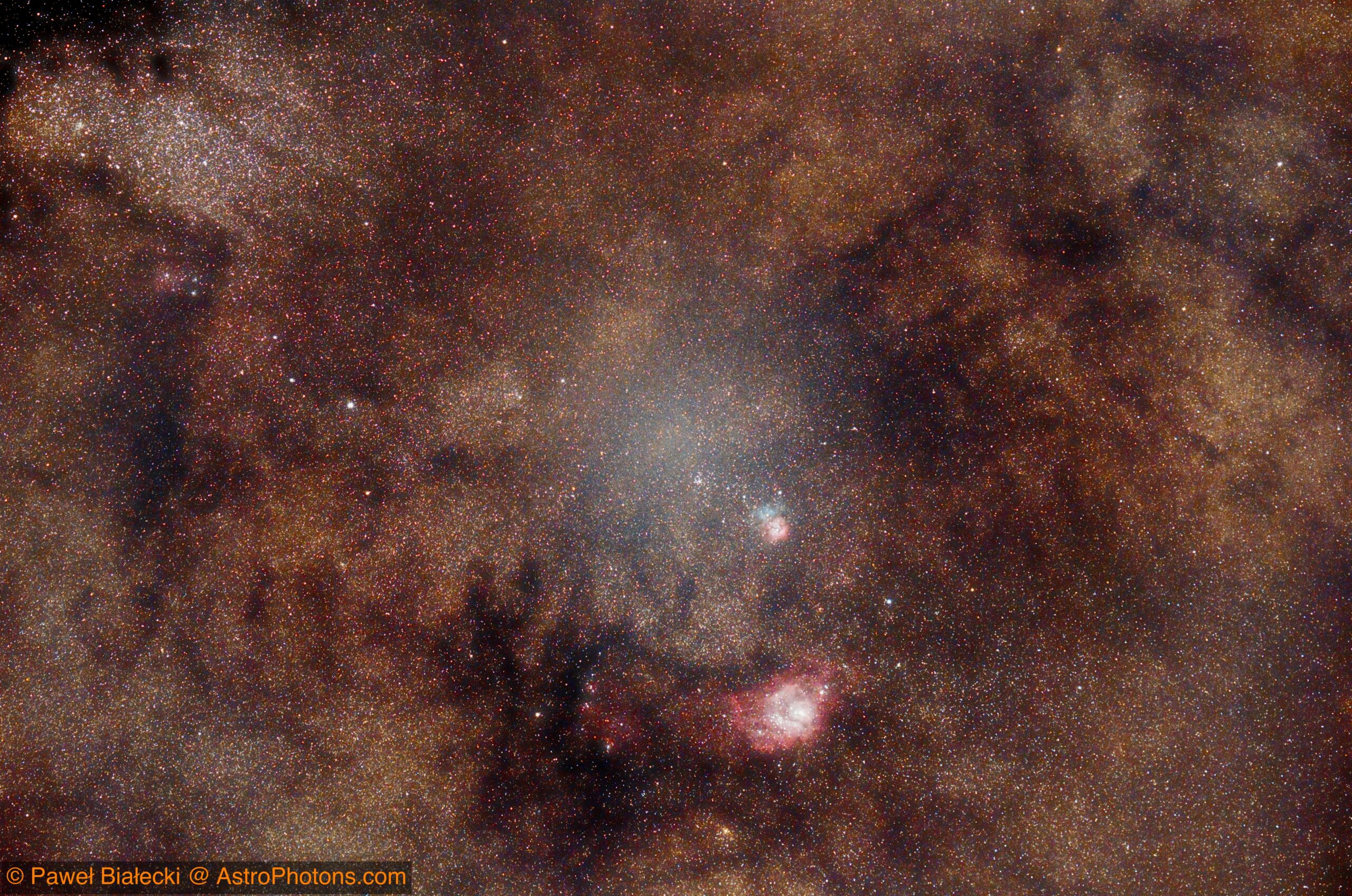
North America Nebula and Pelican Nebula
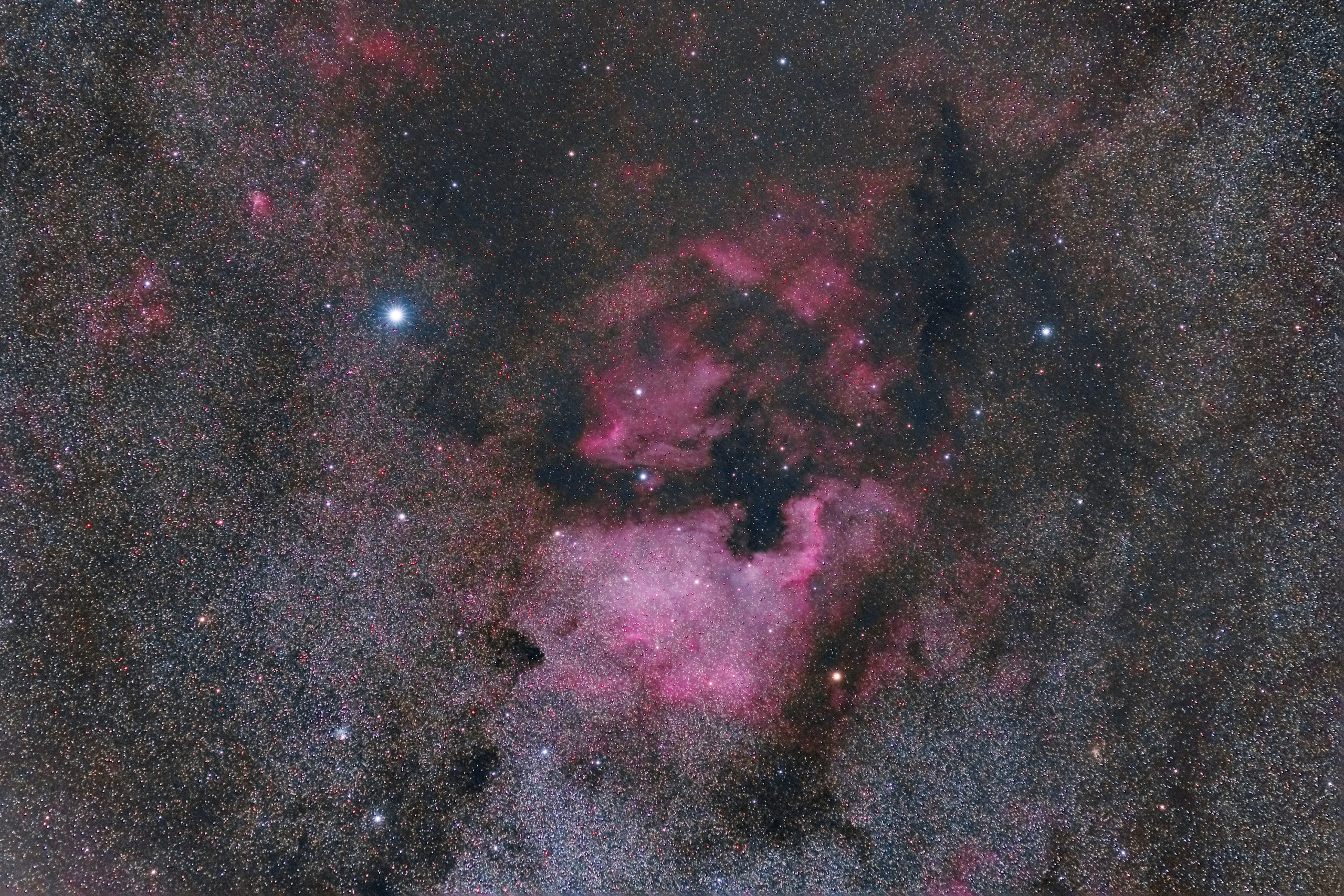
Orion Nebula, Flame Nebula, Horsehead Nebula, and Running Man Nebula
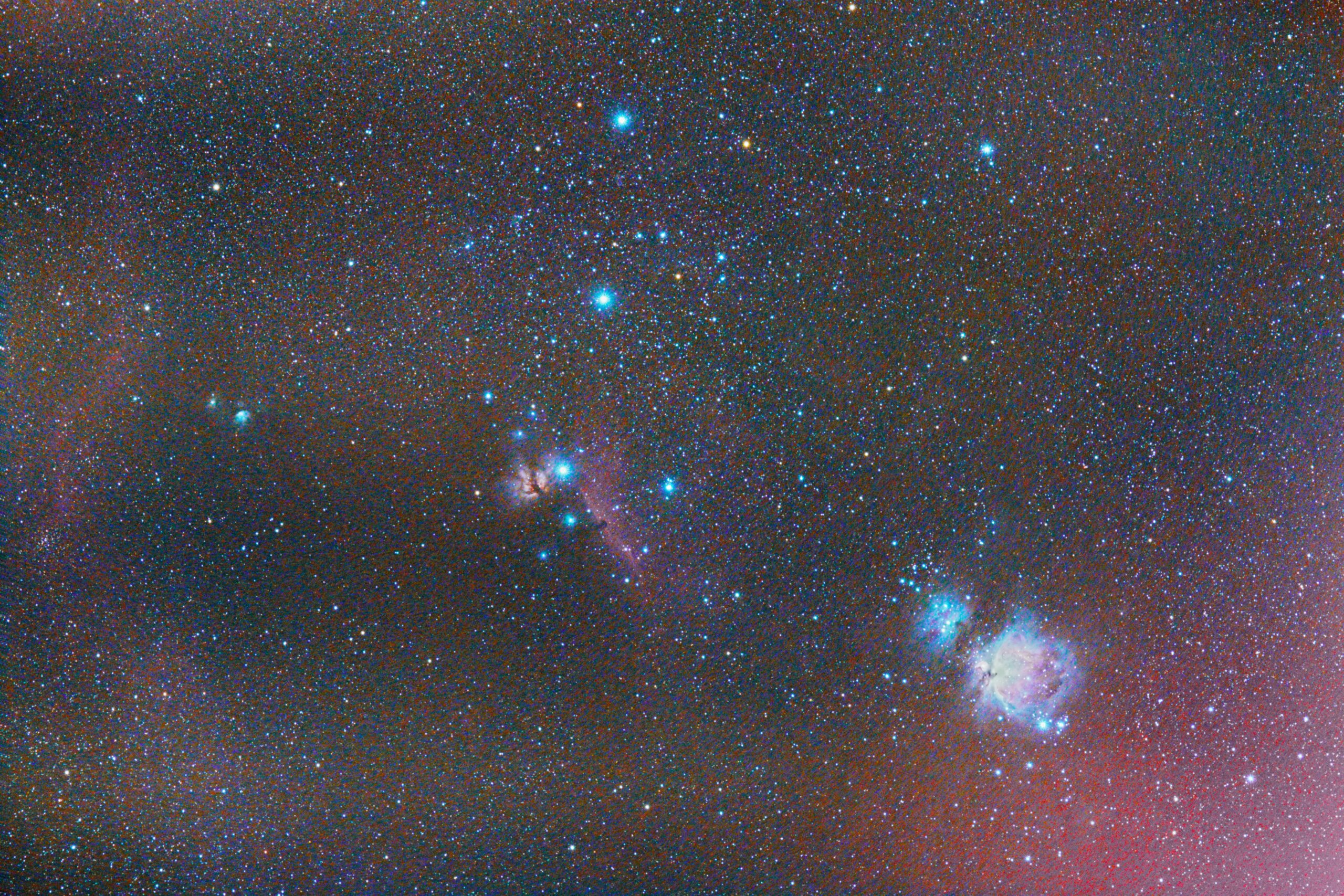
Pleiades
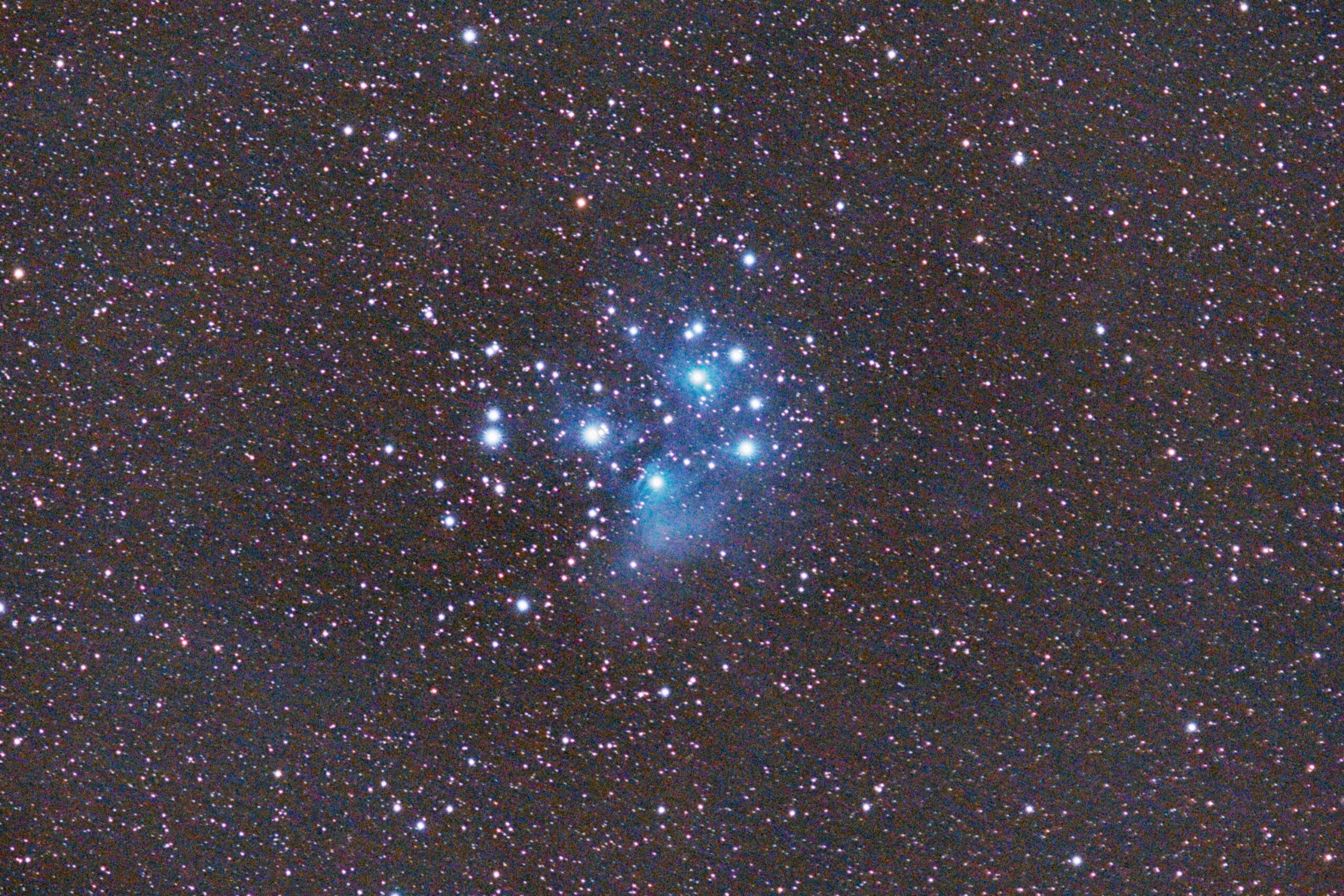
Swan Nebula and Small Saggitarius Star Cloud
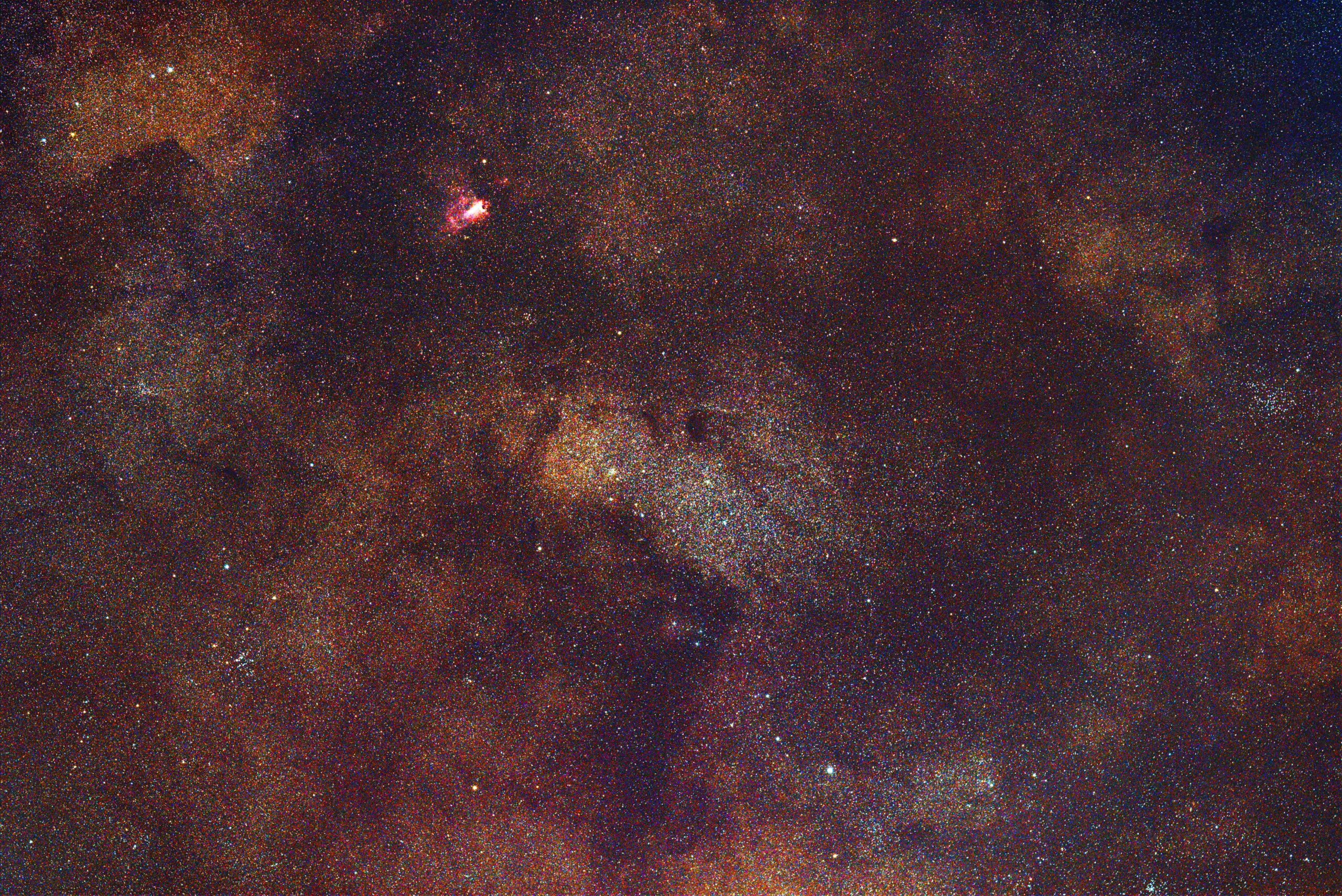
Rosette Nebula
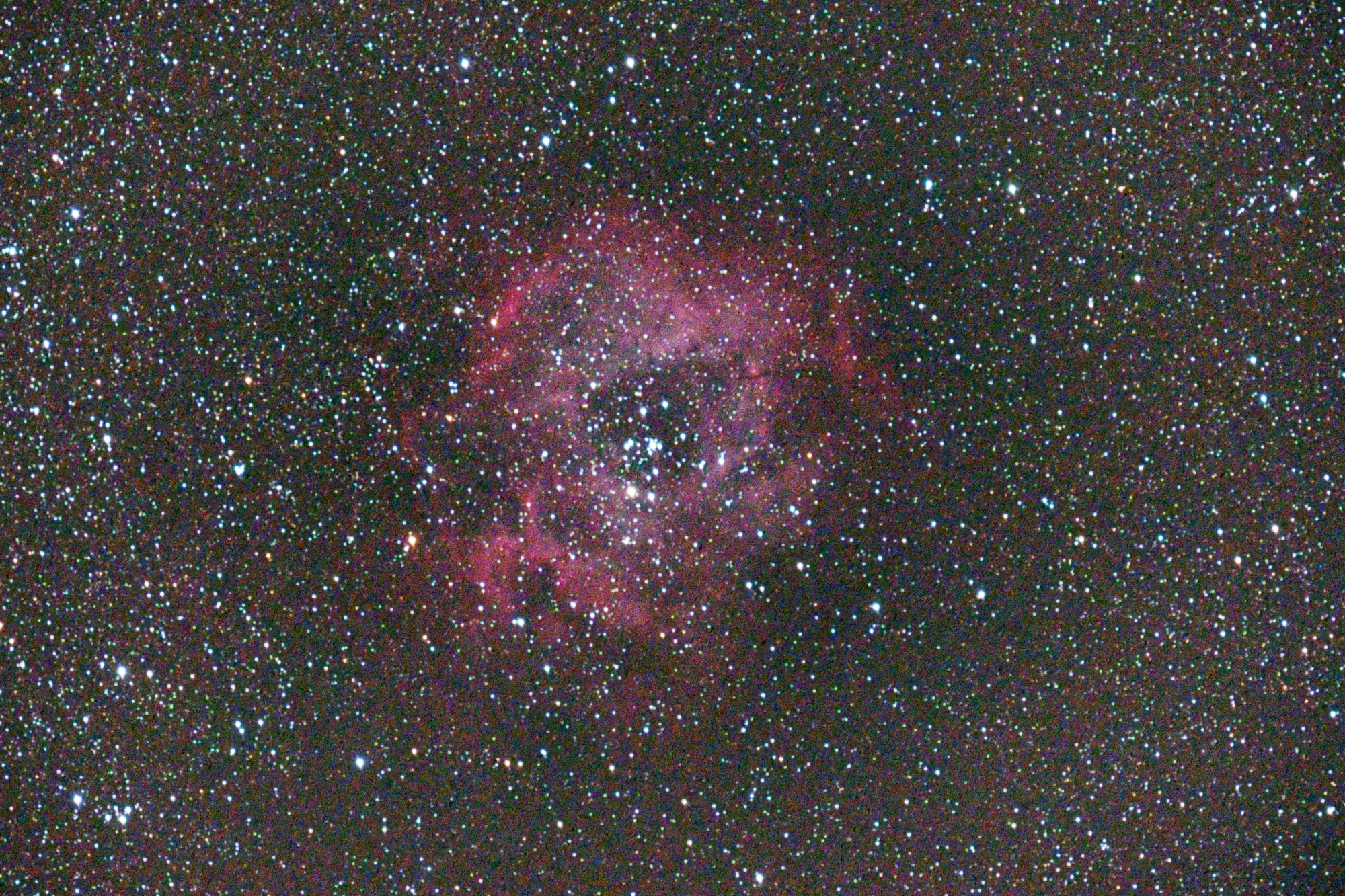
Best Settings for Astrophotography Using Rokinon 135mm
I use this lens at f/2.8 for astrophotography. Why not fully open at f/2.0?
- Sharpness — it's not that the lens is not sharp at f/2.0. It is sharp — but it's not razor sharp. There's a little, very nuanced softness that maybe you won't even notice as a beginner. But if you are a perfectionist like me, you want to shoot at f/2.8 — the razor-sharp aperture setting for this lens. On f/2.8, it's razor-sharp from edge to edge. And easier to focus on ideally.
Vignetting — the lens has a very strong vignetting at f/2.0. It's removable in post-processing (flat frames + background extraction), but if you are a beginner in processing astro images, then the easier the process, the better. If you don't use calibration frames yet (darks, flats, bias), then make your life simpler and stick to f/2.8 with this lens. The minor vignetting effects at f/2.8 are easily removable by PixInsight background extraction (and other software can probably do it too).
Perfect focus — the focusing ring in this lens is very subtle, and it's tough to achieve the ideal focus (yet not impossible) at f/2.0 when shooting with a simple DSLR camera.
The Best Way to Focus Rokinon 135mm to Infinity for Astrophotography
The lens is able to focus beyond infinity, so it's not so obvious how to focus it perfectly precisely for the infinity. So, this is the easiest procedure I use with a DSLR/mirrorless camera with a live view:
- Set up your tracker (equatorial mount), polar align, mount your camera and lens.
- Point the camera to the brightest star you can see.
- Put a Bahtinov mask in front of the lens.
- Set the aperture on f/2.0.
- Focus on the most precisely you can.
- Put the mask off.
- Step down the aperture for f/2.8, and enjoy the perfect, razor-sharp focus.
Verdict
This is probably the best telephoto lens in the 100-150mm focal length range you can buy for astrophotography. It's razor-sharp from edge to edge, it's super-fast (even at f/2.8) and it's very affordable. It's hard to find a better way to enter astrophotography with a telephoto lens instead of a telescope.
Rokinon vs Samyang & Where to Buy the Rokinon 135mm
Rokinon and Samyang is the same manufacturer, only sold under a different name. Rokinons goes usually to the US market, Samyangs to Europe. Get the one that you will find a better deal on. You can buy this lens on Amazon:
Canon Mount (Canon EF):
No products found.
Nikon Mount (Nikon FX):
No products found.
Sony (Sony E):
No products found.
Fujifilm (X-Mount)
No products found.
Recommended 77 mm Light Pollution Filters for Astrophotography with Rokinon 135mm f/2
If you are going to use this lens for astrophotography under heavily light-polluted skies (e.g. from a city or suburbs), you need a light pollution filter. Check out those three popular ones to pair with your Rokinon:
No products found.
What's your opinion on this lens? Do you use it for astrophotography? Share your effects!
FAQ
Yes, this lens is perfect for widefield tracked astrophotography!
Rokinon 135mm F/2.0 telephoto lens is perfect for widefield targets like Andromeda Galaxy, Orion Nebula, Pleiades Star Cluster, or Trifid and Lagoon Nebulae.
More Rokinon 135 mm F/2.0 astrophotography images on AstroBin


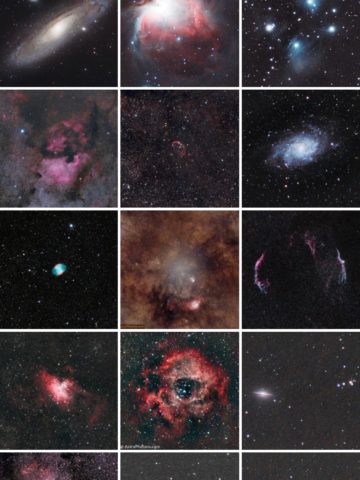
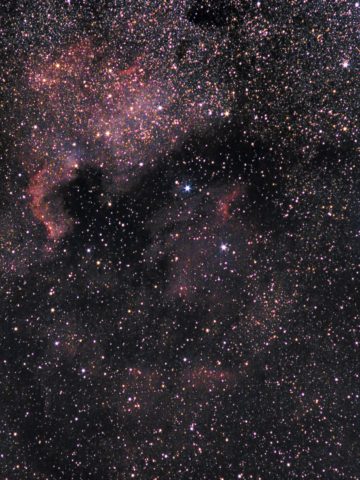
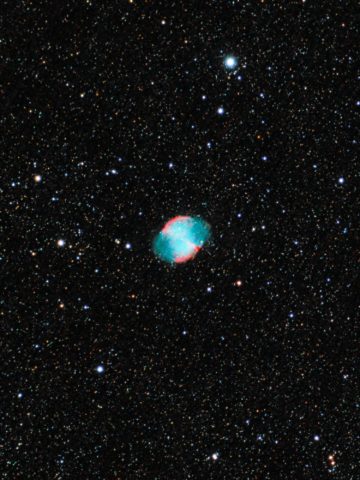
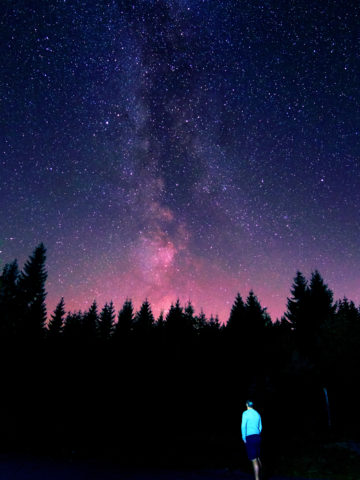
Vesa Vauhkonen
Hello. For Samyang 135mm/2, camera: modded Nikon D5600. My purpose is to do astrophotography, e.g. Barnard's loop in Orion. What would be the best LP filter for that. I've in other applications a Baader Ultra S/L Booster filter. Properties near those of that? Thank's a'lot.